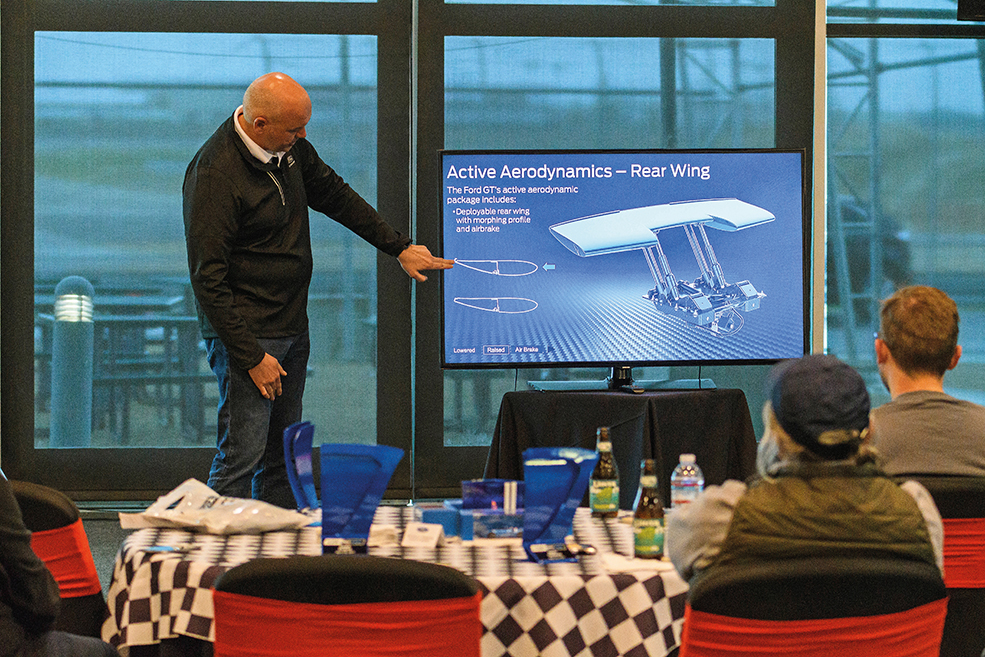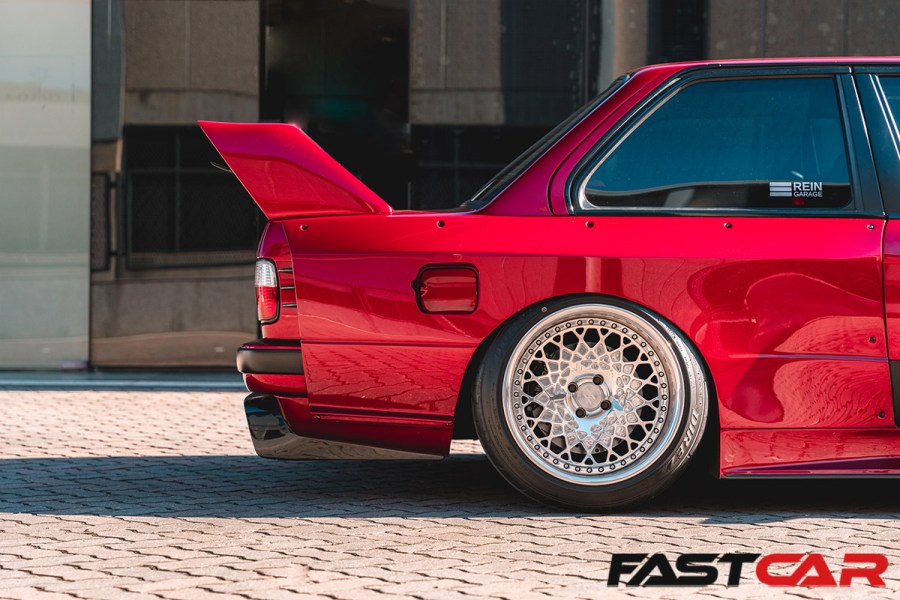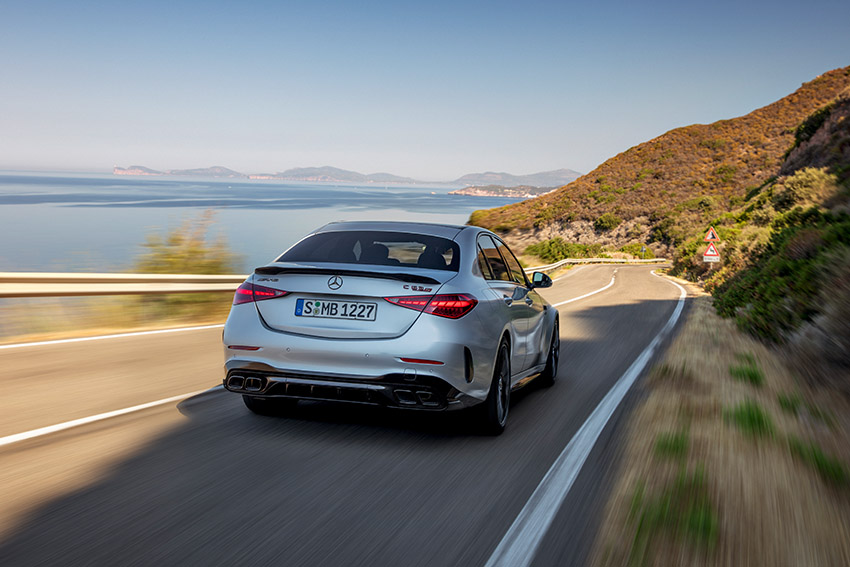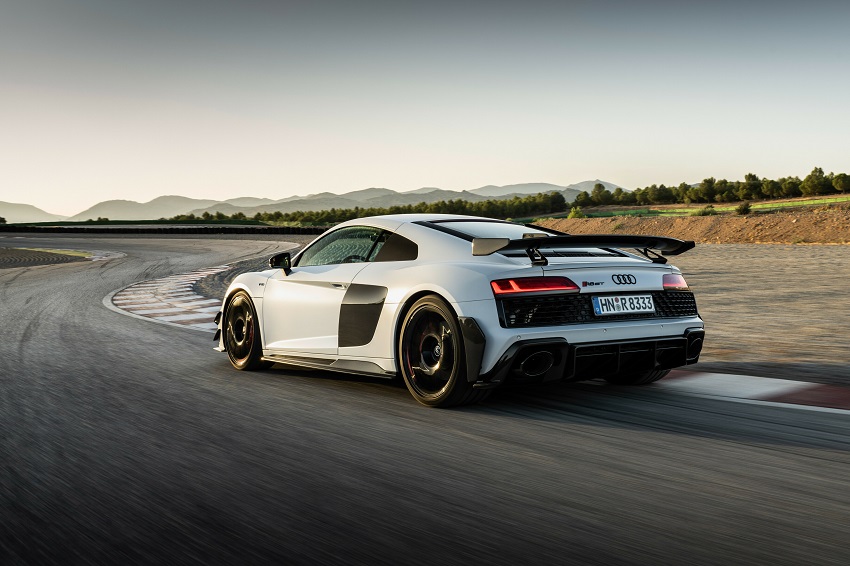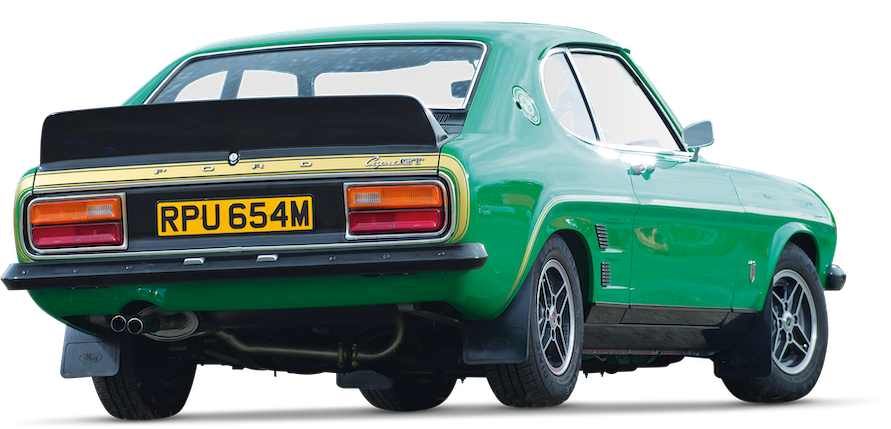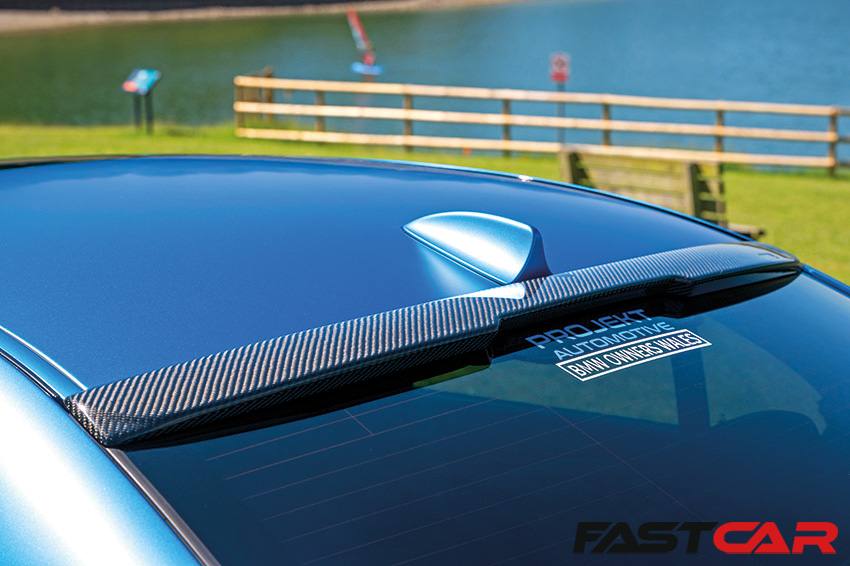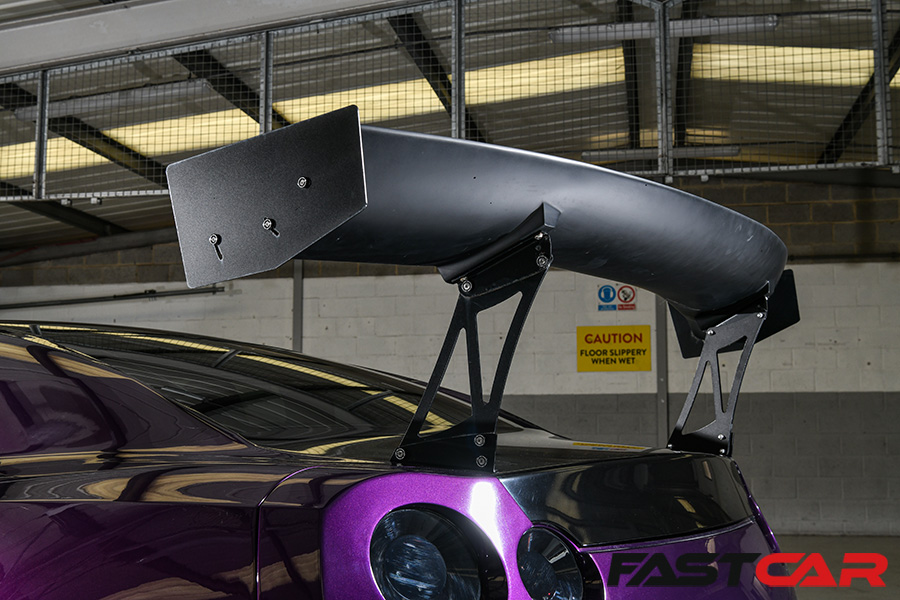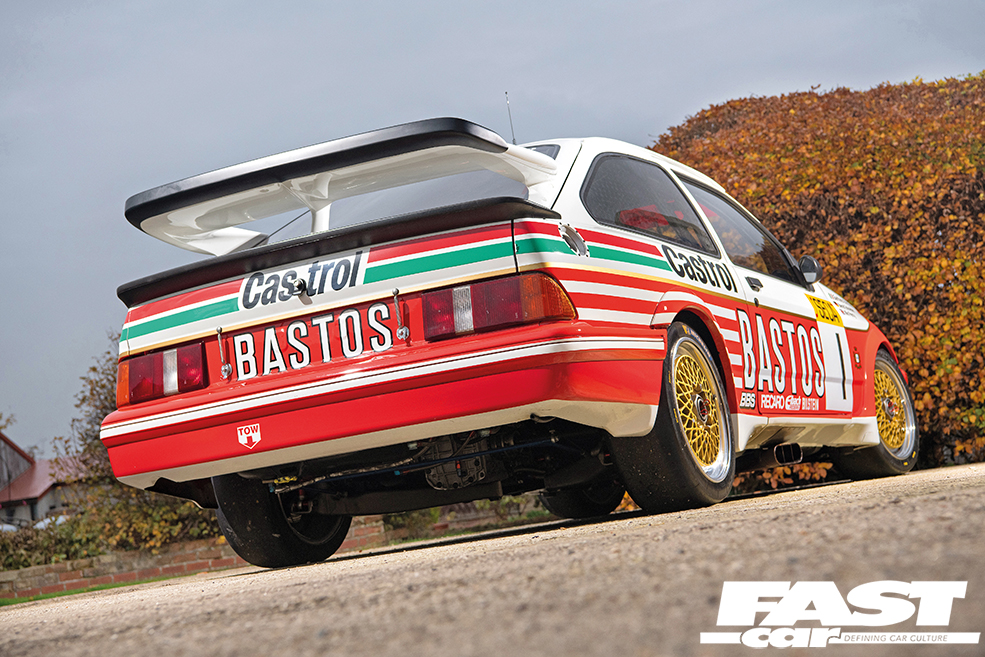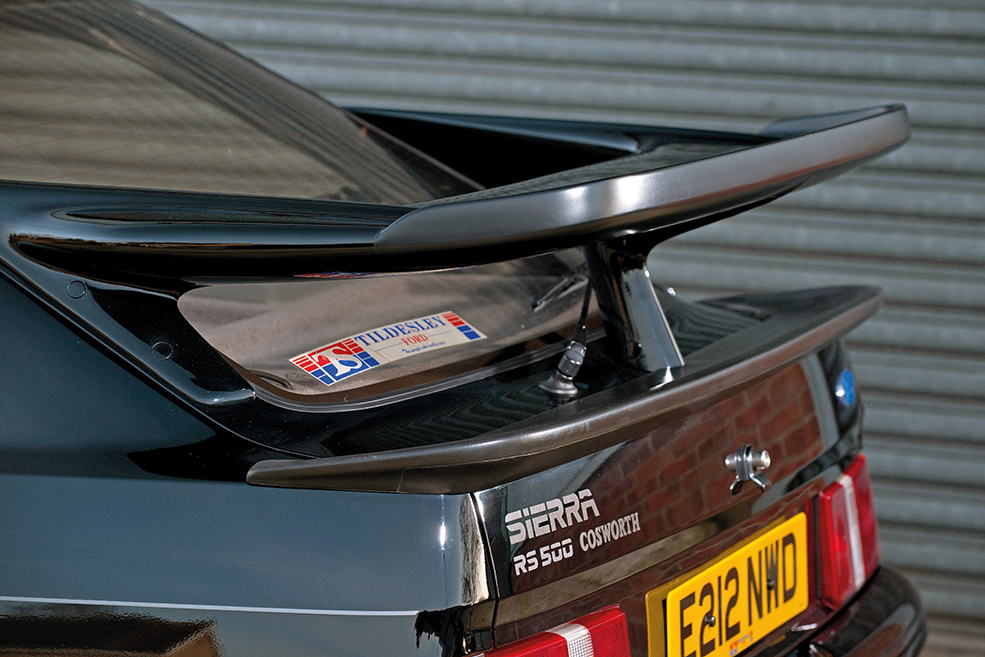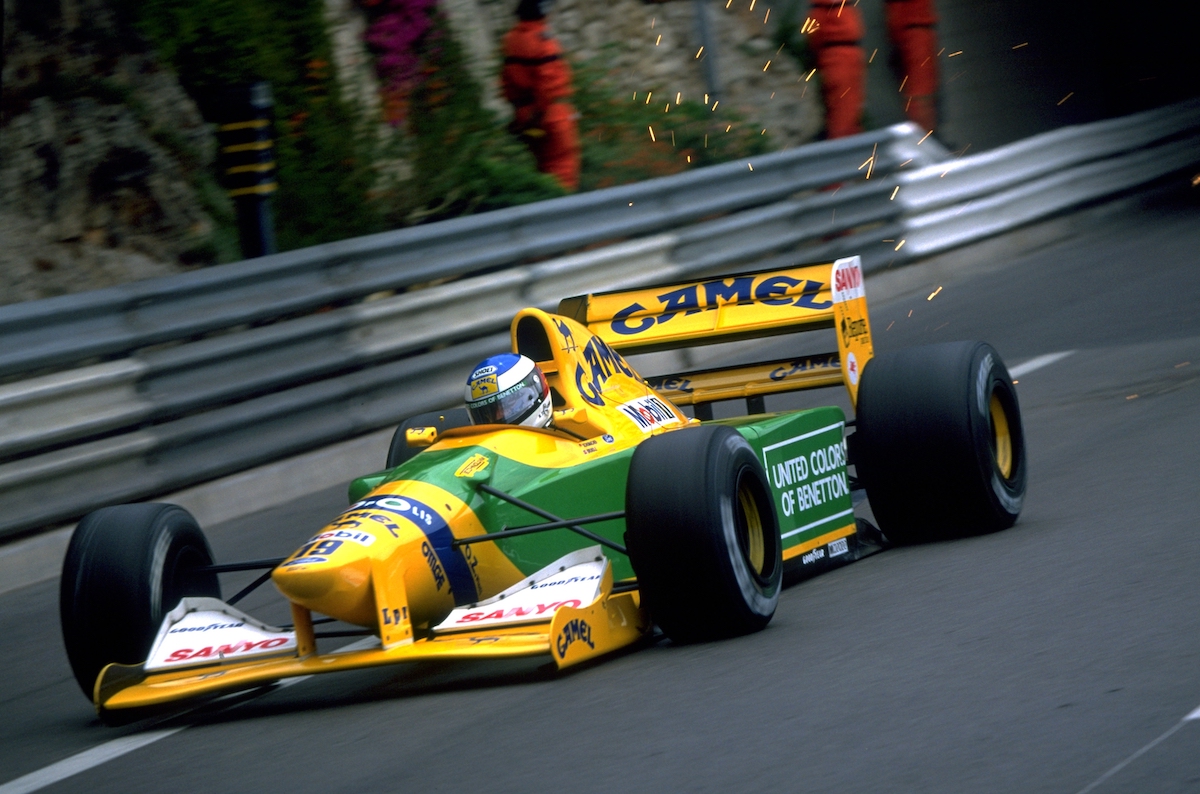No doubt you’ve probably heard of car spoilers. But what exactly are they? And what’s their function? And why are there so many different types? Let’s take a closer look at the different types of spoilers available and the range of materials they’re made from, so you can choose the right one for your car.
What Is a Car Spoiler?
Car spoilers are an essential part of a car’s aerodynamics. Adding one is one of the best car modifications you can make. They control the airflow over and under your car. Directing air where you want it – and away from where you don’t – can reduce turbulence and increase downforce, ultimately increasing the grip levels during acceleration, braking, and cornering. Spoilers and wings are available in several different materials. Depending on your application and intended use, you can typically choose from ABS plastic, fiberglass, aluminum, or carbon-fiber. Plus, because of their performance credentials, spoilers add a sporty and stylish look to any vehicle.
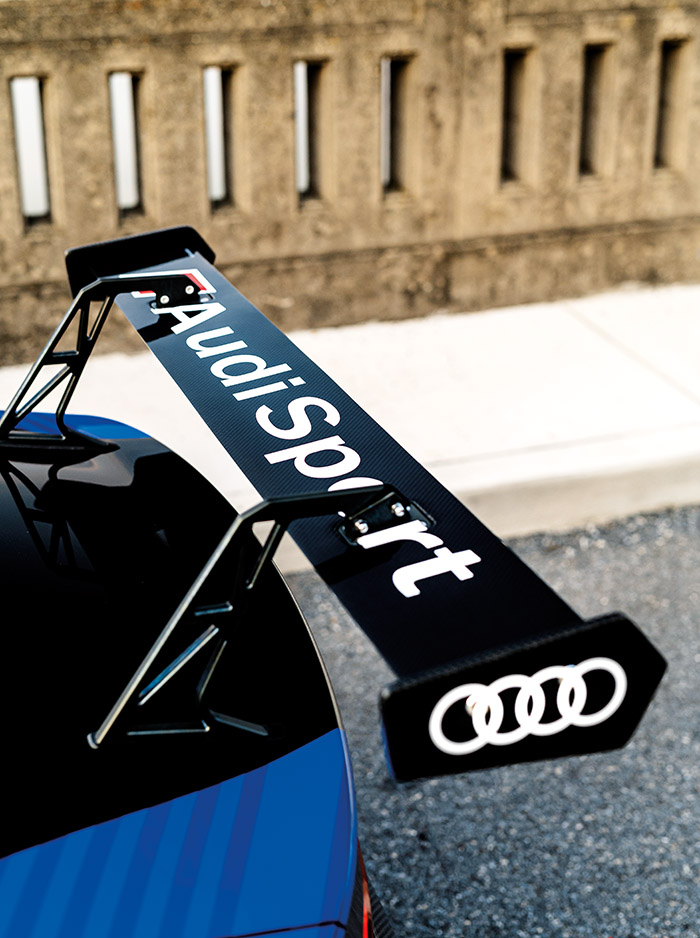
What’s the difference between a spoiler and a wing?
The terms rear spoilers and rear wings are often used interchangeably. But they are actually quite different in the way they work. While both are designed to make a car more aerodynamic, the way the airflow is redirected varies quite significantly.
A wing deflects the airflow in an upward motion. Therefore, it generates a force on the car in the opposite direction – downforce. Think of it as a upside-down airplane wing. The airplane wing is designed to force the plane into the air. On a car, it’s designed to press the car into the road to give more grip.
On the other hand, car spoilers are used as a barrier to disrupt or “spoil” airflow. They are attached directly to the vehicle, typically either on the rear window, roof or trunk. As the air passes over the car, the spoilers cause the airflow to change direction and cause turbulence. This results in downforce that helps improve traction and stability.
Spoilers and wings were created for sports cars but can also be found on regular passenger cars today. They serve a functional purpose by improving aerodynamics and vehicle stability.
What are the different types of car spoilers?
There are several different types of spoilers available for cars, each with its own unique function and design. Each style offers its own set of characteristics and performance advantages, meaning that not all spoilers are best suited to all types of cars. To help discover which one is best for your car, we’ve compiled a list of the most common types of car spoilers. Check these out, and see which one best suits your needs and style.
Lip Spoiler
Enhancing the overall style of your car, a lip spoiler (or decklid spoiler) offers more than just a cosmetic upgrade. It provides a slight increase in downforce, improving stability at higher speeds. Installing a lip spoiler is easy and won’t have any significant drawbacks – it doesn’t even affect fuel consumption to any noticeable level.
Lip spoilers are particularly suitable for hatchbacks and sedan/saloon models, adding a touch of sporty sophistication to the overall design. So, if you’re looking to enhance both the appearance and functionality of your vehicle, a lip spoiler is a great choice.
Pedestal Spoiler
Pedestal spoilers are favored by sports car enthusiasts for their sleek and low-profile appearance. This type of spoiler is mounted on pillars above the trunk lid. By creating a downward force on the rear of the car, they improve traction and stability at high speeds. Whether it’s a Dodge pickup truck or an Audi station wagon, the addition of a pedestal rear spoiler can not only enhance the performance but also update the overall look.
These spoilers provide the needed downforce without compromising visibility or interfering with brake lights. With their ability to optimize aerodynamics, pedestal spoilers are a popular choice for those seeking the best performance and stylish enhancement at the back of their vehicles.
Ducktail Spoiler
The ducktail spoiler, named after its distinctive shape resembling the tail of a duck, is a popular aftermarket addition to cars. Aside from enhancing the appearance, this spoiler also improves aerodynamics by reducing drag and increasing downforce. It achieves this by effectively managing airflow at the rear of the vehicle. Ever watched Nascar? Well you’ll be all too familiar with this type of spoiler…
It’s important to note that the installation of a ducktail spoiler may require modifications to the car’s trunk or rear end. Overall, the ducktail spoiler offers both aesthetic reasons and performance benefits, making it a desirable choice for car enthusiasts seeking improved aerodynamics and a more aggressive, sporty look.
Roof Spoiler
A roof spoiler is a small wing-like structure that is attached to the rear roof of a car. Typically, these are most commonly found on the rear tailgate of sports hatches. Its main purpose is to enhance the aerodynamics of the vehicle. By reducing drag and increasing downforce, the roof spoiler improves stability, especially at high speeds. There are several types of roof spoilers available, including lip spoilers, pedestal spoilers, and ducktail spoilers.
Lip spoilers are the most common and tend to be smaller in size. Pedestal spoilers, on the other hand, are larger and more prominent, extending further from the roofline. These variations offer different levels of performance and aesthetic appeal. Roof spoilers are commonly found on sporty hatchbacks like the Ford Focus RS and Honda Civic Type R. They serve as an important component in enhancing both the performance and visual appeal of the vehicle.
Race Car Rear Wing
Race car rear wings are large and adjustable spoilers that play a crucial role in optimizing aerodynamics. They create significant downforce, which enhances traction and handling, especially during high-speed cornering. By reducing drag, race car rear wings also improve stability at high speeds, allowing the vehicle to maintain better control.
In addition to their functional benefits, these spoilers add a bold and aggressive look to race cars and high-performance sports cars alike. They are an integral part of achieving the best performance on the track. With their ability to generate downward force and improve aerodynamic efficiency, they contribute to improved acceleration, stability, and overall driving dynamics.
Whale Tail Spoiler
Perhaps best known for cars like the Ford Sierra Cosworth and Ford Escort Cosworth, whale tail spoilers gained popularity in the 1980s and 1990s. So-called because the large rear spoilers and single supporting pedestal resemble the tail of whale, these are one of the most iconic types of car spoiler available. Technically, this is a rear wing, not a spoiler, but like all other spoilers, its primary function is to improve the aerodynamics and stability of a car.
Thanks to its large surface areas a whale tail spoiler creates a significant amount of downforce, reducing lift and improving traction at high speeds. This contributes to better handling and stability, especially during acceleration and high-speed maneuvers. While the whale tail spoiler offers notable performance benefits, it also adds an aesthetic touch to the car, giving it a distinctive look reminiscent of the iconic sports cars of the past.
Bi-Plane Spoilers
Another type of car spoiler made famous by fast Fords, is the bi-plane spoilers found on the back of the Merkur XR4Ti and European Sierra XR4i from the 1980s. Consisting of two wings or flaps, these spoilers were used in racing cars to enhance their performance at high speeds. They provide increased downforce and improved handling, allowing drivers to navigate corners with precision.
However, due to the significant drag they create, bi-plane spoilers may not be suitable for all types of driving. One advantage of some bi-plane spoilers is their adjustability, enabling drivers to fine-tune the amount of downforce generated. Additionally, these spoilers can enhance the overall appearance of a car, creating a more aggressive and sporty look.
Gurney Flap
Gurney flaps are small flaps attached to the trailing edge of a car spoiler. They sit at right angles to the surface of the spoiler and significantly increase the amount of downforce created. These simple flaps are designed to create an upwash of air as it passes over the spoiler, creating a low pressure area on the top surface and a high-pressure area on the bottom surface. This pressure difference generates additional downward force, which improves the stability and handling of the vehicle at high speeds.
First seen on open-wheel race cars in the 1970s, the Gurney flap is named after American F1 and sports car driver Dan Gurney, who invented and developed the device.
Gurney flaps are commonly found on race cars and high-performance vehicles, as they play a crucial role in maintaining stability and ensuring the best performance at high speeds. Their installation at the rear of the car ensures that the downforce is generated towards the back of the vehicle, preventing rear-end lift and improving traction.
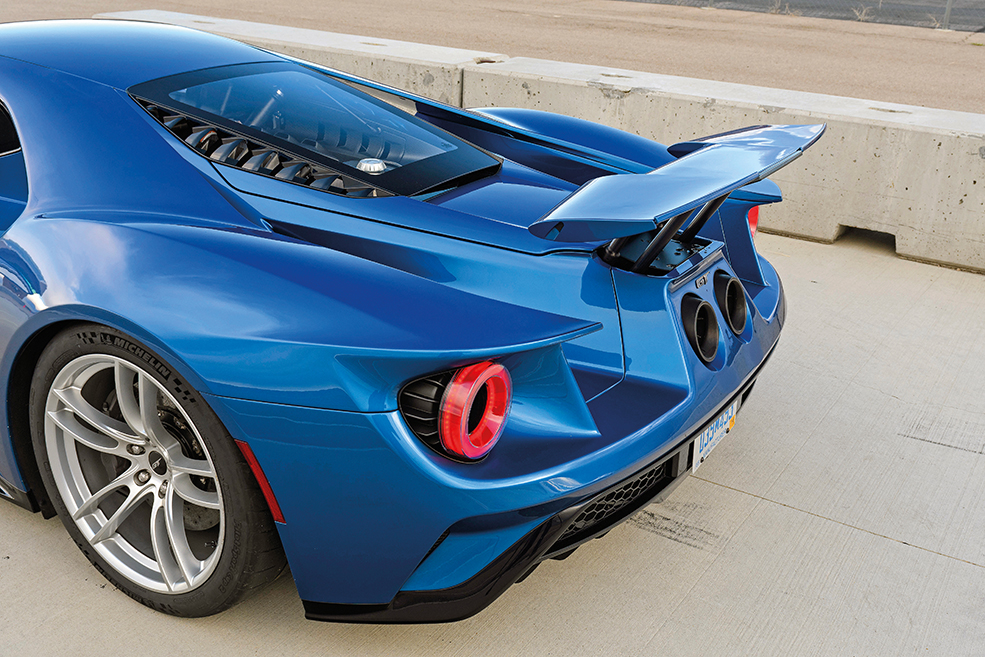
Active Spoiler
Active spoilers have the ability to change their angle of attack based on driving conditions. Equipped with electronic sensors, they detect speed, braking, and other factors to adjust the position of the spoiler accordingly.
Besides their functional purpose, active spoilers can also give a sporty or aggressive look. These spoilers are not only limited to appearance but also serve practical purposes by improving aerodynamics and reducing drag. In addition, high-performance cars often utilize active spoilers to enhance handling and stability at high speeds – many can even double up as an airbrake under heavy braking conditions too. Most active spoilers work in harmony with a fully active aerodynamics system that controls airflow all around the car.
Airbrake
Airbrakes, a type of car spoiler, play a crucial role in enhancing the aerodynamics and performance of vehicles. By raising or lowering them, additional drag is created, allowing for effective speed reduction.
The angle and shape of a spoiler significantly impact its functionality. They influence the amount of downforce created, which enhances stability and handling. Airbrakes create additional drag that slows down the car. High-performance cars such as the Ford GT use an active spoiler that doubles as an airbrake under heavy braking to help slow the car. The surface of the rear wing rotates so that it is at 90 degrees to the car, creating the maximum amount of drag to help slow the car. Then, it returns to the required angle of attack to provide optimum downforce at the rear.
Chassis-Mounted Wing
The chassis-mounted wing is mounted directly to the rear chassis or subframe of the vehicle. Unlike other spoilers that are typically attached to the trunk edge or the rear of the car, the chassis-mounted wing offers improved handling and stability by increasing downforce on the rear wheels.
This type of wing is commonly found on high-performance sports cars and race cars. Its adjustable angle and size allow for fine-tuning the car’s aerodynamics to suit different driving conditions. When installed correctly, a chassis-mounted wing can significantly enhance a car’s grip and cornering ability at high speeds, optimizing its performance.
